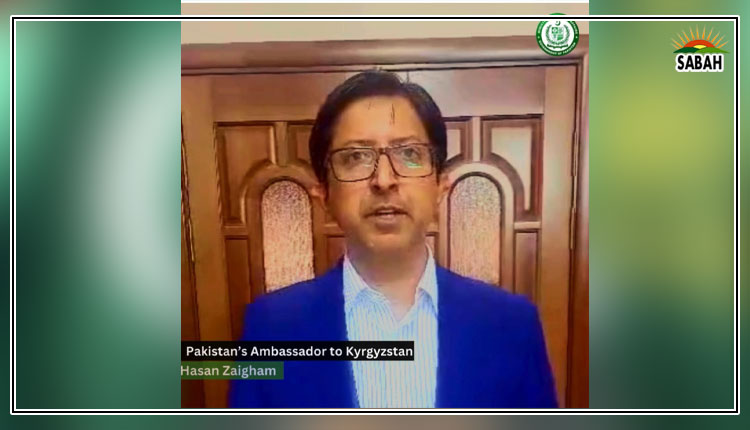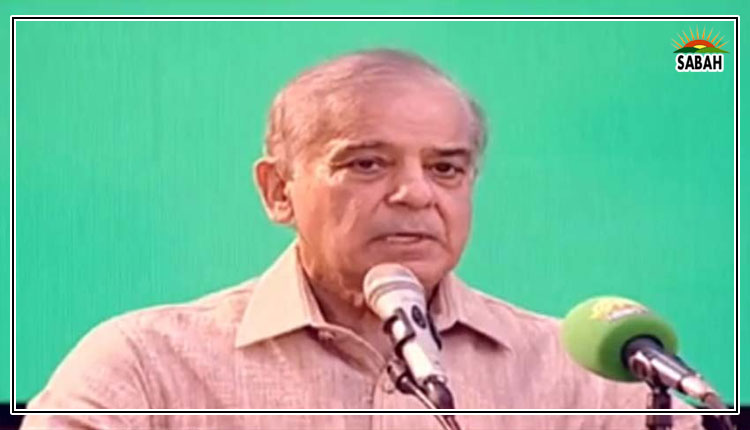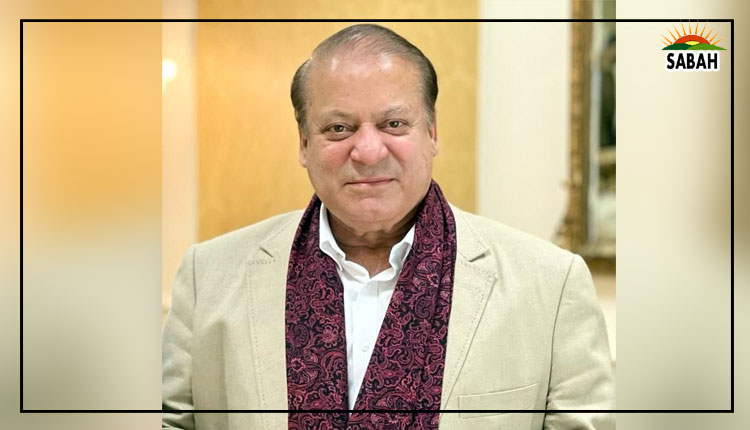Dialogue and de-escalation …. Maleeha Lodhi
INCREASED diplomatic engagement between the US and China has helped to bring down the temperature in their fraught relationship. But it has not yielded any agreement on the key issues that divide them and drive tensions in their intense strategic competition — Taiwan, war in Ukraine, trade, technology curbs and military postures, especially in the South China Sea.
The visit of the US secretary of state to Beijing in late April was part of the effort to improve communication and contain tensions between the two countries. Antony Blinken’s trip took place against a mixed background of escalating tensions but also modest advances in cooperation and communication in certain areas.
This resulted from the meeting last November between Presidents Joe Biden and Xi Jinpingon the sidelines of the Asia Pacific Economic Cooperation forum in San Francisco. Their first face-to-face meeting in over a year produced a tentative thaw in frosty ties. It led to restoration of high-level military-to-military contacts, suspended by Beijing in 2020, and agreement on counter-narcotics cooperation.
Last month, the two leaders also spoke on the phone. Increased dialogue was reflected in the conversation between the defence ministers and US Treasury secretary Janet Yellen’s visit to China last month. The first talks on artificial intelligence between the two countries are due to take place in coming weeks.
But just hours before Blinken’s arrival in Beijing, the US Congress approved billions of dollars of assistance for Taiwan and to counter China in the so-called Indo-Pacific region. This was part of a $61bn aid package that included funding for Ukraine and Israel. It also involved the requirement for TikTok’s Chinese parent company to sell its stake in the social media platform or face a ban in America. In election year, US officials have threatened higher tariffs on Chinese imports, with Biden calling for tripling tariffs on Chinese steel and aluminium — clearly as part of his re-election campaign.
Not surprisingly, Blinken was told at the outset of his trip that the US had to choose between cooperation and confrontation. China’s Foreign Minister Wang Yi said during the talks that while dialogue and cooperation had increased in “various fields”, “negative factors” in the relationship are “still rising and accumulating”. He warned against any transgression of China’s red lines. A Chinese foreign ministry statement said Wang also criticised Washington for taking “an endless stream of measures to suppress China’s economy, trade, science and technology”, aimed at containment of China.
But he acknowledged “the China-US relationship is beginning to stabilise” and called for progress in areas where the two countries agreed. This was echoed by Blinken, who said the US “seeks to deepen cooperation where our interests align”, while reaffirming US commitmentto “maintaining and strengthening lines of communication to advance that agenda and deal responsibly with differences to avoid any miscalculations”.
Both the US and China want to avoid a collision course even as their strategic competition intensifies.
The high point of Blinken’s visit was of course the meeting with President Xi. That the Chinese president received him indicated Beijing’s desire to calm tensions with Washington. Warning against “vicious competition”, President Xi told Blinken that the US and China should be partners and not rivals — who “help each other succeed and not harm each other”. China, he said, wants to see a “confident, open and prosperous United States” but expected the US to see China’s development in a positive light. According to a statement issued by the Chinese foreign ministry, Xi also told Blinken that both sides “should honour words with actions rather than say one thing and do another”. He called for “mutual coexistence” and emphasised the need to follow through on what was agreed between him and President Biden in San Francisco to improve bilateral relations.
The readout from the American side was that Blinken conveyed US concerns on a number of issues, especially China’s military assistance to Russia in the Ukraine war. Speaking to the media before the meeting, he said Russia “would struggle to sustain its assault on Ukraine without China’s support”, pointing out that Beijing supplied machine tools and several dual-use items critical for Russia’s defence industry. This posed a threat not just to Ukraine but also to Europe and was a red line for Washington. He said after the meeting the US will wait to see how China addresses this concern, warning that sanctions could be imposed if Beijing did not respond. This injected a jarring note into the otherwise positive atmospherics of Blinken’s trip. The Chinese reaction was predictably sharp. A foreign ministry spokesman rejected “groundless” US accusations as an effort to shift blame, while Wang made it clear that “China is neither the creator of the Ukraine crisis nor a party to it”. But days later, Washington went ahead and sanctioned several Chinese companies for supplying Russia with components for military use.
Nevertheless, Blinken’s visit reflected an effort by both sides to stabilise the relationship and limit the turbulence and volatility that have come to characterise Sino-US ties. But beyond this effort to ease tensions, which is important, there was no evidence of any narrowing of differences between the two sides on core issues. Moreover, the run-up to the US presidential election in November is likely to see a significant amount of China-bashing, given the political consensus and popular sentiment in America that advocates a tougher posture towards Beijing. Both Biden and Donald Trump can be expected to vie with each other in striking a more aggressive stance on China.
Taiwan will continue to be a dangerous flashpoint in the US-China confrontation, especially as the region surrounding it is bristling with heightened military activity. The military build-up and a series of recent incidents in the South China Sea also present obvious risks. The resumption of high-level military contacts between China and the US will be important to enable the two countries to reduce the risk of any inadvertent or accidental conflict.
Even if the recent US-China diplomatic engagement has not produced any breakthroughs on contentious issues, it indicates that neither side wants unmanaged tensions to push the two countries onto a collision course, which would have unpredictable consequences for them as well as the rest of the world.
The writer is a former ambassador to the US, UK and UN.
Courtesy Dawn, May 6th, 2024












